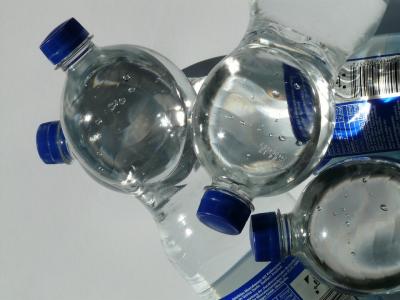Environmental exposures include all the chemicals and compounds we come in contact with. Every day, most of us encounter hundreds or even thousands of such substances. Many of these substances appear to be almost completely harmless, others potentially harmful but unlikely to get into our bodies in a large enough quantities, while others may be incredibly harmful, even in very small quantities.
Pesticides- GeneralPesticides are chemicals used in homes and agriculture to get rid of pests (i.e. to kill ants or other insects). If you work with pesticides, live near fields, or use pesticides in your home, you and your family could be exposed to pesticides, even if you can’t smell or see them. Pesticides can be harmful to people, especially pregnant women and small children. You should avoid contact with pesticides as much as possible.
What can I do if there are pests in my house?
What are the safest ways to use pesticides indoors?
What should I do if I work in the fields?
What can I do to protect my children if I live near an agricultural field?
CERCH Findings on Pesticides
|
Pesticides-Organophosphates (OPs)OPs were developed after World War II, based on wartime nerve gases and are the most commonly used agricultural insecticide in the U.S., though their use is in decline. OPs have been banned for home use in the U.S. and have harmful effects on the nervous system. Though some believe that OPs break down quickly when exposed to light and air, no one has confirmed that OPs can fully degrade and they have been detected in soil and drinking water long after application. Exposure to large amounts of OPs are more harmful to human health than an equal amount of Organochlorines (OCs) discussed below.
CERCH Findings on OPs: General
- The CHAMACOS Health Outcomes Study Mothers’ exposure to OPs during pregnancy is associated with:
- Maternal Organophosphate Pesticide Metabolites in Urine
- Organophosphate Pesticide Exposure Modeling
|
Pesticides- DDT, PCBs, & OrganochlorinesA class of compounds that persist in the environment and in the bodies of humans and other animals long after their use.
What is DDT?
What are PCBs?
Why are we concerned about DDT and PCBs?
What is being done?
CERCH Findings on Organochlorines: - The CHAMACOS Birth Cohort Study DDT:
PCBs:
|
Personal Care Products- Phthalates, Parabens, Ozybenzone and TriclosanThe average person uses several products every day, women more than men and teens more than women on average. These products may result in exposure to hundreds or even thousands of chemicals. Research by CERCH and others shows that many of the chemicals in the products we put on our bodies get into our bodies through inhalation, skin absorption or ingestion.One of our top concerns is that some products may contain hormone disruptors, which are chemicals that mimic, block, or otherwise interfere with the natural hormones in our bodies. Some hormone disruptors have been associated with increased likelihood of reproductive disorders in boys, delays in neurodevelopment, and cancer.
What regulations exist to protect consumers?
What are the health concerns potentially related to personal care products?
CERCH Findings on Cosmetics: In the HERMOSA Study, 100 teen girls living in Salinas, CA, tried using low-chemical alternative products found in local supermarkets and drug stores. After 3 days their urine test results showed:
*Liu et al, EHP, 2013 |
Plastics- Bisphenol A (BPA)A chemical compound used to make certain kinds of plastics (polycarbonate plastics and epoxy resins). BPA is one of the world’s highest production chemicals, with more than 6 billion pounds produced annually.
Where does one encounter BPA?
What are the health concerns of BPA?
CERCH Findings on BPA: - Maternal Urinary Bisphenol A During Pregnancy and Maternal and Neonatal Thyroid Function in theCHAMACOS Study
- Maternal Bisphenol A Exposure During Pregnancy and its Association with Adipokines in Mexican-American Children
-Prenatal and Postnatal Bisphenol A Exposure and Body Mass Index in Childhood in the CHAMACOS Cohort
|
Flame Retardants- Polybrominated Diphenyl Ethers (PBDEs)Used to reduce the flammability of in-home items, including textiles, foam in furniture, carpet padding, and plastic casing for electronics. Also used in construction materials, automobiles and airplanes.
How are we exposed to PBDEs?
Why are we concerned about PBDEs?
What is being done?
CERCH Findings on PBDEs: - The CHAMACOS Study: Health Outcomes Study Higher PBDE exposures during pregnancy were associated with:
|







